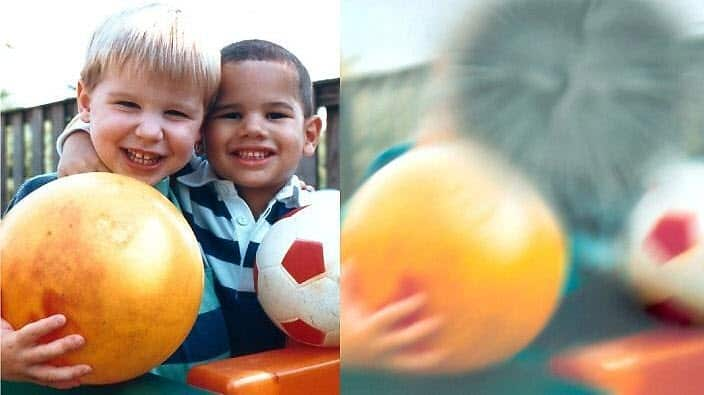About 170 million people suffer from age-related macular degeneration (AMD), out of which 40 million are in India. There are two types of AMD – wet and dry. While dry AMD is curable, there is no know cure for wet AMD.
Dr Jogin Desai, founder and CEO of Eyestem, is leading research and trials to find a cure for this condition causing blindness in millions of people.
Highlights:
- About 170 million people suffer from age-related macular degeneration (AMD), out of which 40 million are in India.
- There is no known cure for dry AMD.
- Dr Jogin Desai's company is conducting clinical trials for an affordable cell therapy product.
"The benefits of most of the stem cell research done in the USA are out of reach for people in developing countries due to astronomical costs associated with it.
So we are using stem cells to develop an affordable treatment for incurable blindness," Dr Desai told . Dr Desai said he started his company in 2015 after returning to India from the US.
Dr Desai said he started his company in 2015 after returning to India from the US.

Eyestem research team. Image supplied by Dr Jogin Desai Source: Dr Jogin Desai
"During my years in the US working for leading pharmaceutical companies, I was constantly looking for opportunities to return to India for family reasons and to pursue medical research in India."
"In 2014-2015 a conversation with the Dean of The Institute for Stem Cell Science and Regenerative Medicine (inStem) during my visit to India led to the idea of establishing a stem cell research and development company."
We can see when light falls on our retina which has ten layers. The most important of these layers is the photoreceptor layer. Damage to photoreceptors can lead to full or partial blindness, as in diseases like AMD and Retinitis Pigmentosa.
Dr Desai explained that his trials aim to replace the damaged cells to restore vision lost due to such diseases.

Simulation of partial loss of vision due to Age-Related Macular Degeneration. Source: Institute of Health
The first phase of trials on genetically modified rats has given positive results
“We were able to restore vision for rats without an RPE (Retinal Pigment Epithelium) in their eyes, a layer that plays an important role in visual functions. So we will now move to human trials this year which is expected to be sometime in 2022."
Dr Desai said that for the second clinical trial they will be looking at Australia.
“Australia has a good ecosystem for research and development. With encouragement and support from various levels of governments, many Indian companies have been conducting part of their clinical trials in Australia.”
We are talking to some institutions in Melbourne to conduct the second clinical trial in Australia.
Dr Desai moved to New York for a residency opportunity after finishing his Bachelor of Medicine/Bachelor of Surgery in Ahmedabad, India. But instead of a medical residency of his choice, he got an opportunity to work in drug development with US-based pharmaceutical companies.
In 2001 he moved back to India to set up Indian operations for one of the largest drug development organisations in the world, Quintiles.
After an initial stint in India, a joint venture between Quintiles and Thermo Fisher took him back to the US in 2007 where he stayed until his return to India in to set up his entrepreneurial venture Eyestem.






